#26: se7en vs. zodiac
a film theory
Spoilers for Se7en and Zodiac up ahead!
Here’s a question:
I’m a Se7en girlie myself, but I hold plenty of love for Zodiac, a film many consider to be director David Fincher’s masterpiece. The more I think about these two Fincher films - both about serial killers - the more I see fans of each movie as being on either side of a dividing line. People can obviously love multiple films at once, but if you’re willing to follow me down the rabbit hole, I’ve long harbored a suspicion that there are really only two types of people: those who choose Se7en and those who choose Zodiac.
I’m only partially kidding— to me, there really is a difficult-to-quantify nuance that draws people to one film versus the other. On the surface, they’re tantalizingly similar, made by the same director about the same subject matter, but the more you dive into them, the more you realize that, at heart, they’re entirely different films. Here’s my theory: this difference can largely be summed up by understanding Se7en as a circle and Zodiac as a spiral.
Everything within Se7en fits perfectly into the scope of the film, like puzzle pieces being slotted into a bigger picture. A serial killer is committing murders, one for each of the seven deadly sins, and we discover that the entire police investigation was accounted for as a critical part of his plan. Detective Mills’ (Brad Pitt) execution of John Doe transforms him into the representation of Wrath and completes the masterpiece Doe has worked so hard to paint. It’s one of the most famous endings in film, precisely because it lands with such sickening perfection.
However, being a “circle film” goes beyond plot points fitting neatly together. Se7en takes place in an undisclosed city that perpetually rains. It’s the kind of place that feels like if you drove straight out in one direction, you’d somehow find yourself back in the city, a hell with no escape. There’s an hermetic quality to Se7en. Each detail inside it is rendered so vividly - the rain, the violence, the drudgery - but go beyond the confines of the city and the film, and it starts to blur.
The movie is interested only in its present, in what’s contained between its first and its last frames. Who was Somerset in the past? We barely know, except when he divulges a little bit of his life to give Mills’ wife some counsel for her immediate dilemma. Somerset ends this movie the way he starts it: working. It’s hard to imagine him doing anything else.
In a way, all of Se7en ends where it begins. The start of the investigation was always as hopeless as the ending turned out to be— we just didn’t know it until we saw the complete picture. Se7en is a grisly, messy movie, but the structure of the film turns with the precision of clockwork. If you imagine it as a shape, it’s a perfect circle— everything the film presents is contained within itself. To me, this is what defines a “circle film”: each aspect of the movie works in tandem to create a closed circuit.
If Se7en is a film about one man’s vision for a perfect narrative (David Fincher or John Doe, you decide), then Zodiac is about the complete lack of narrative and our need to create one. Twelve years after the success of Se7en, Fincher returned to a seemingly similar subject with a decidedly different perspective.
For one, Zodiac is based on a real serial killer who operated in the Bay Area in the 60s and 70s. For another, that real serial killer was never identified, meaning Zodiac doesn’t have the kind of clear-cut ending that Se7en so perfectly crafts. And perhaps most significantly, the Zodiac killings lacked any kind of clear motivation. This ambiguity stands in contrast to John Doe’s passionate explanation of his crime: “We see a deadly sin on every street corner, in every home, and we tolerate it… Well, not anymore. I’m setting the example”
Where every detail in Se7en makes the whole picture clearer, every detail in Zodiac only drives us deeper towards some unknown result. This is the spiral: no closed circuit, just a suspension over and into endless depths. The obsession to make the unknown known is what undergirds the entire film, but ironically, that pursuit of clarity is what leads the protagonist, Robert Graysmith (Jake Gyllenhaal), into increasingly murky waters, both within his professional and personal life. Note the film’s tagline: “There’s more than one way to lose your life to a killer”.
Zodiac’s “spiral film” nature is best illustrated by the scene in which Graysmith visits Bob Vaughn, a potential witness in the case. In pouring rain, Graysmith enters Vaughn’s home. He learns that some handwriting, which is a close match to the Zodiac killer’s, belongs not to Vaughn’s colleague who is a potential suspect in the case, but to Vaughn himself. Vaughn wants to take Graysmith down to his basement, and even though every fiber in his being is telling him it’s dangerous, he slowly makes his way down into the black abyss. His curiosity and his need to know compels him into the literal depths, where he finds no answers, only more shadows.
Zodiac isn’t about a whole and complete picture painted over the course of the film— it’s about the very act of walking a meandering, circuitous, and ambiguous path into the unknown.
Not every movie can be categorized into circle vs. spiral, but I’ve been surprised to see how many great films fit. Sometimes, like with Se7en and Zodiac, the same director makes both circles and spirals (e.g., Wong Kar-Wai with In the Mood for Love and 2046). In general, it seems like directors move towards spirals as they get older, but sometimes, a director simply leans more strongly towards one or the other (e.g., Christopher Nolan makes circles, Paul Thomas Anderson makes spirals).
I’ve found this to be a useful way of understanding how directors conceptualize their films and an interesting insight into my own preferences. I’ve always been more drawn to circles - their wholeness is satisfying to me - but I wonder if that will change over time. Who knows? These might simply be the ravings of a madwoman who’s watched Se7en and Zodiac a few too many times, but even if that’s true, let me know which you prefer: circle or spiral.
Culture Crumbs
Courtesy of my friend Carolyn, the Still Woozy song “Anyone But You” for the movie of the same name (which, by the way, is amazing)
Gigi Hadid and Bradley Cooper continue to be supposedly dating, even after Oscar nominations were announced on Jan. 23 (and Cooper was not nominated for Best Director)
Zendaya gives us what we all were missing at the Schiaparelli show during Paris Fashion Week
This adorable Paul Mescal / Amelia Dimoldenberg chicken shop date
And last but not least, the exclusive AMC Dune 2 popcorn bucket. Hm. Enough said
That’s it for this issue! Thank you so much for reading, and please consider subscribing if you haven’t already— it’s free!


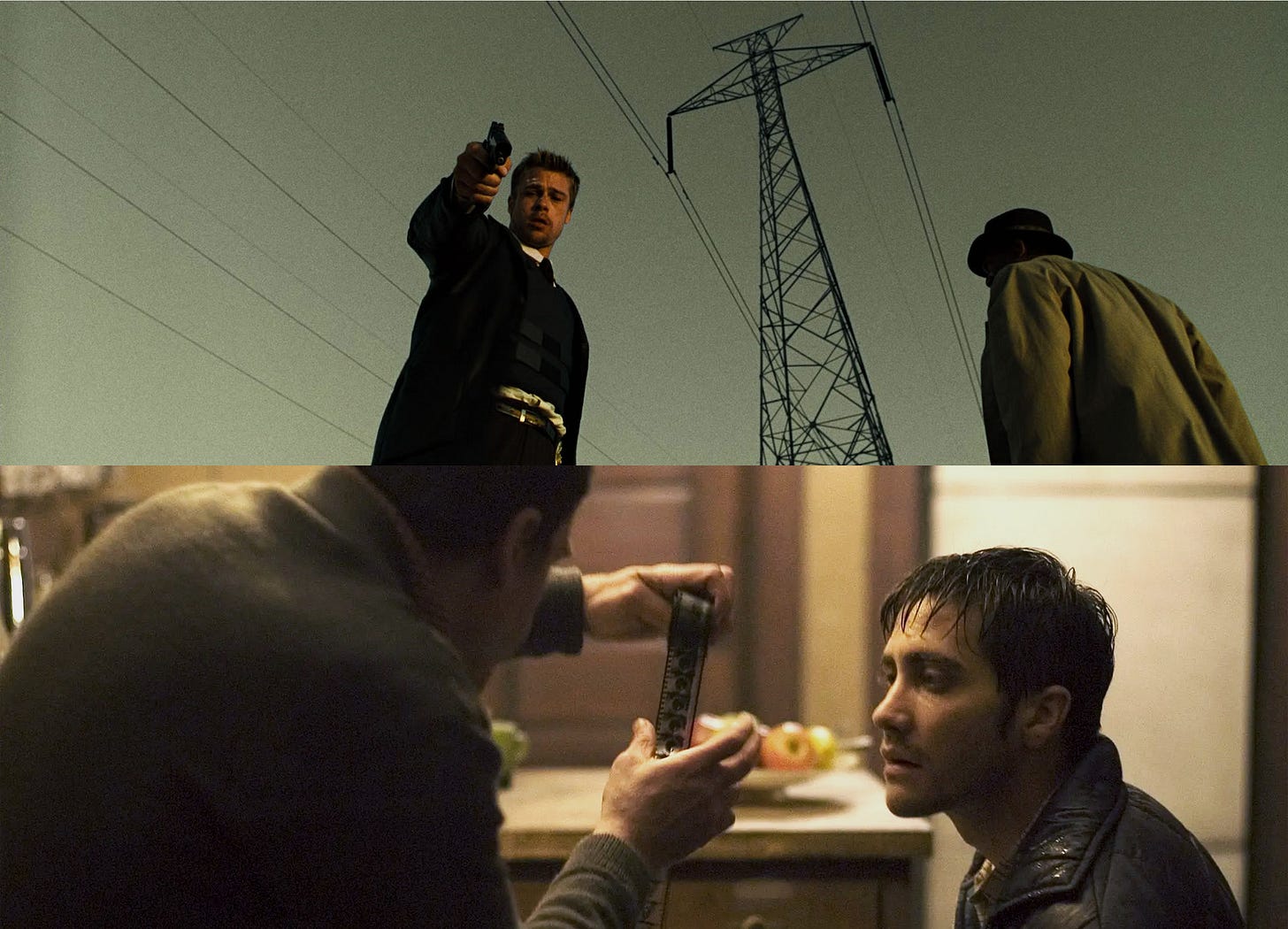
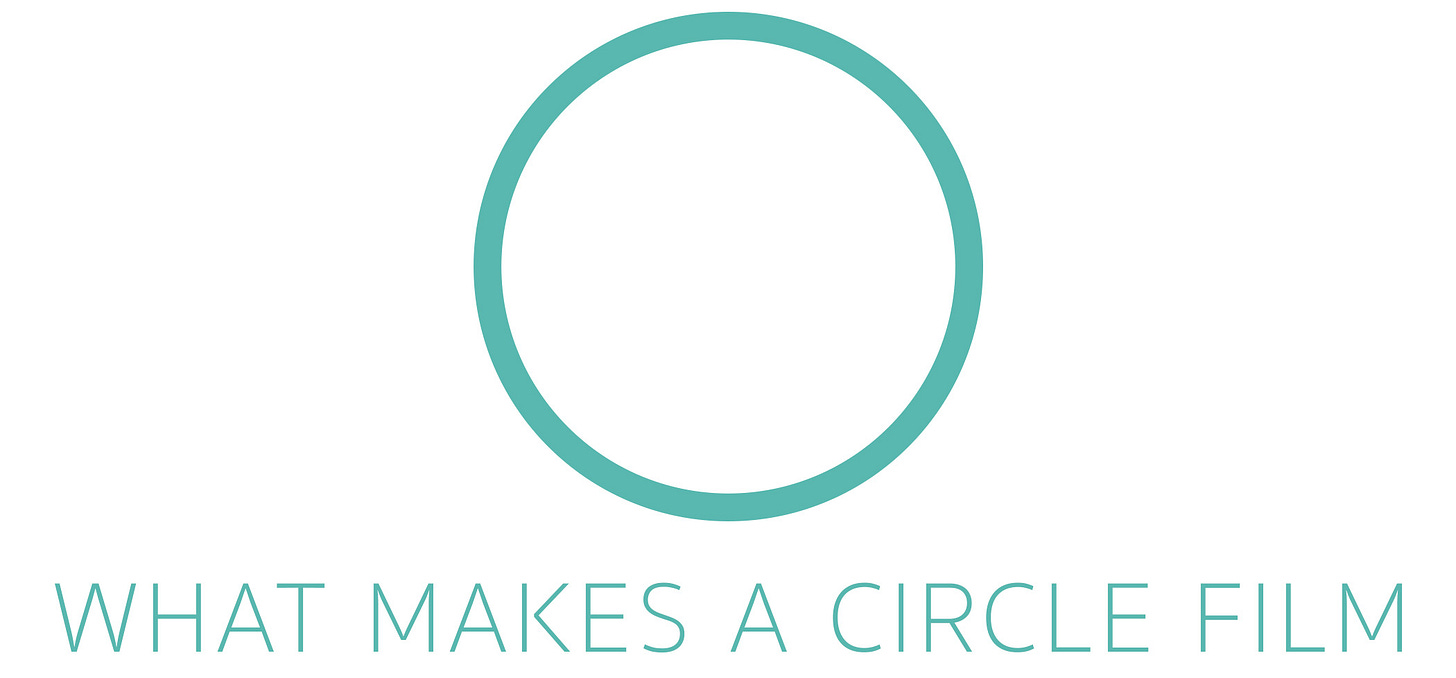
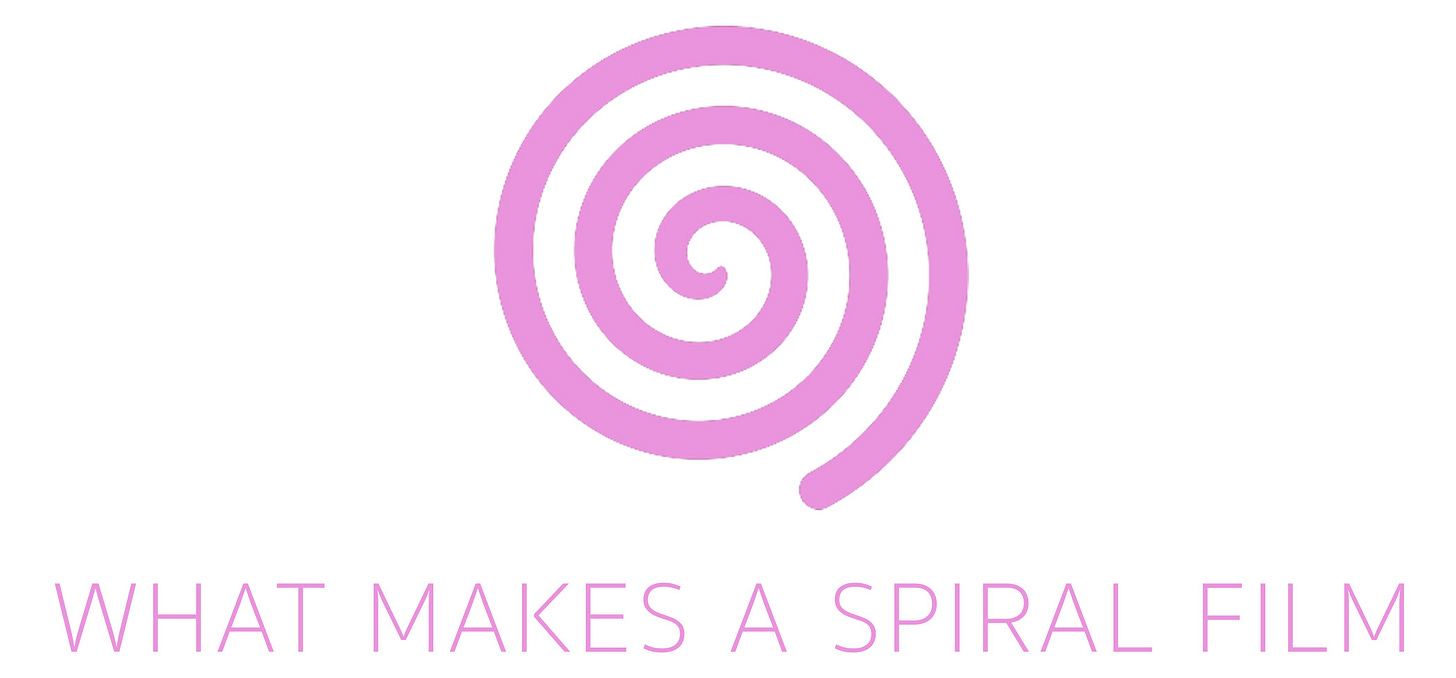
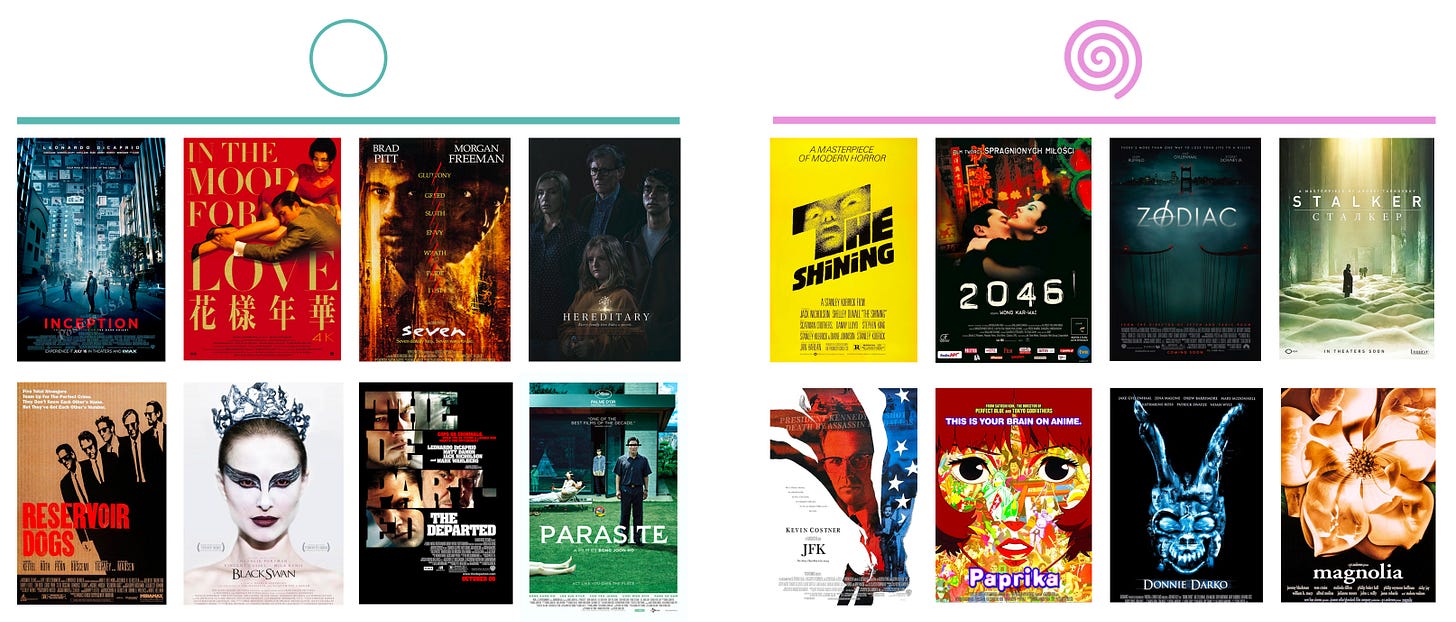
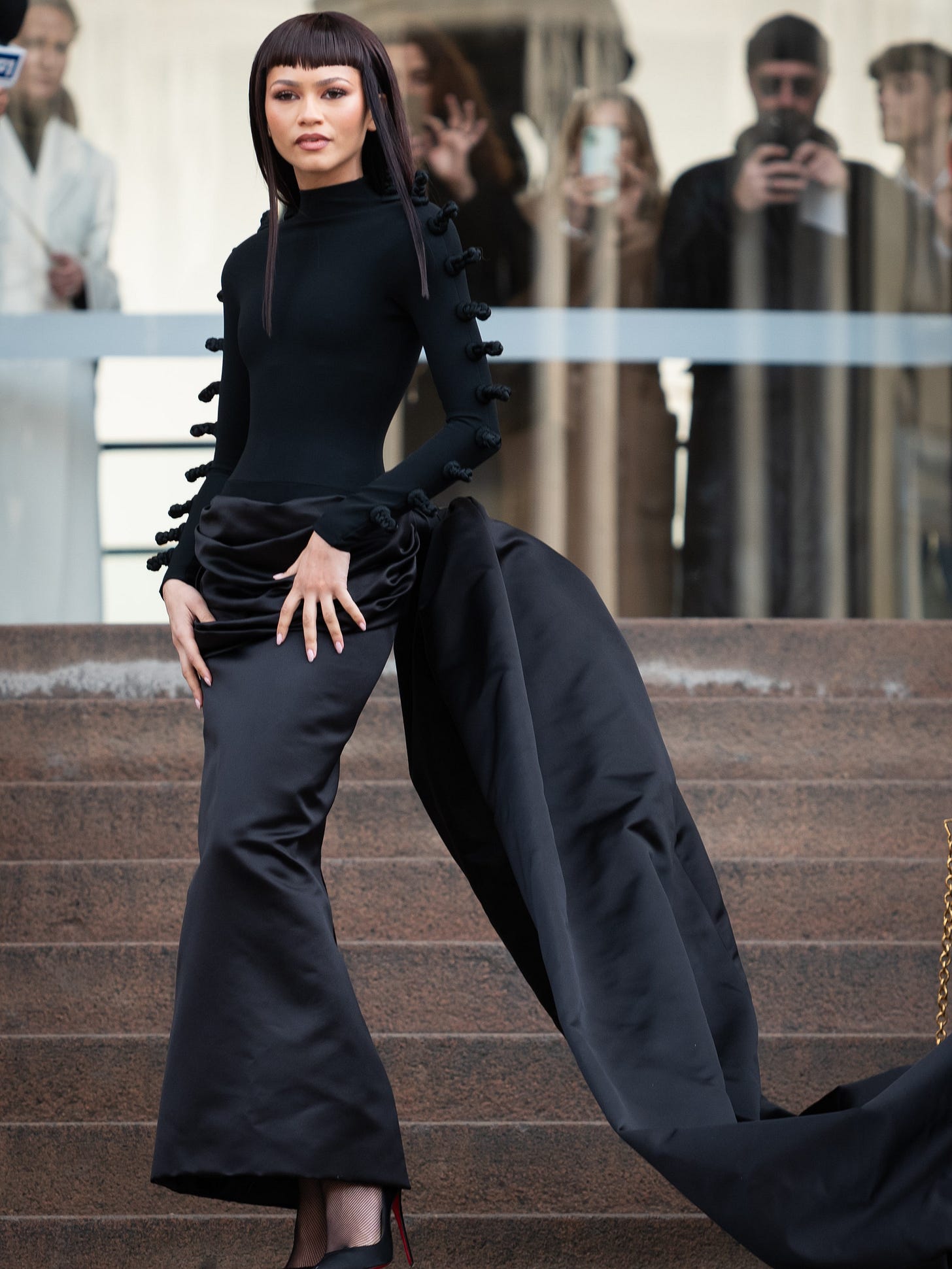
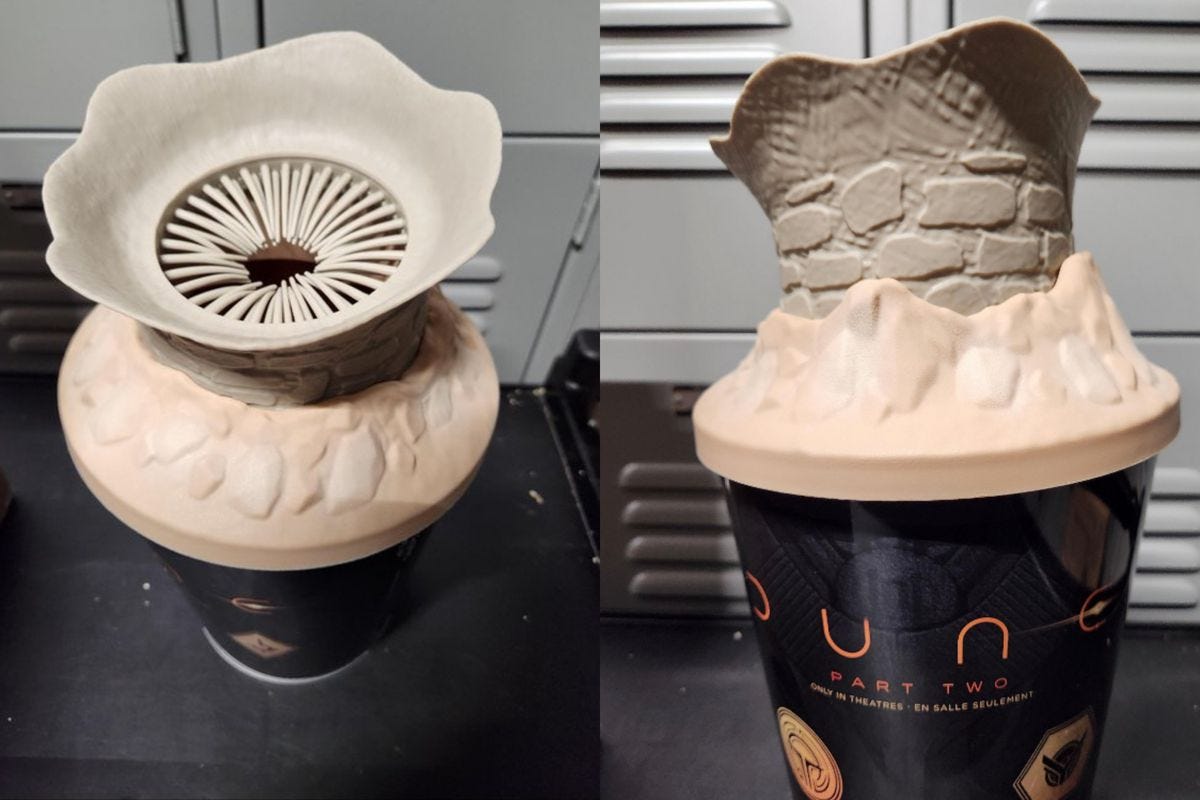
Whoa, very resonating thoughts!! I've learned that I'm a circle person
HELL YA I’m so honored